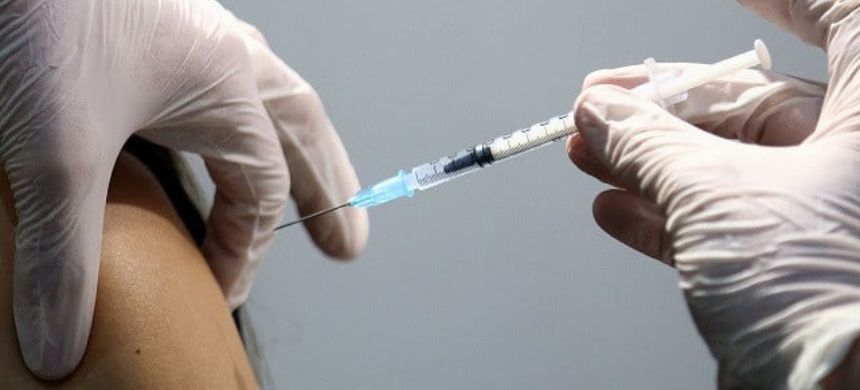The World Health Organization (WHO) announced a new initiative to expedite the development of vaccines for human bird flu infections in poorer countries using advanced messenger RNA (mRNA) technology. This project will be led by Argentinian manufacturer Sinergium Biotech, which has already begun working on candidate H5N1 vaccines.
The H5N1 bird flu virus first emerged in 1996 and has recently seen a surge in outbreaks among birds, alongside an increase in infections among mammals and occasional human cases. This trend has raised concerns about the potential for the virus to trigger a future pandemic.
Sinergium aims to establish proof-of-concept in preclinical models for its vaccine candidates. Once preclinical data is available, the technology, materials, and expertise will be shared with manufacturers in lower-income countries to accelerate their vaccine development and production.
The WHO’s project will be implemented through the mRNA technology transfer programme, launched in collaboration with the Medicines Patent Pool (MPP) during the COVID-19 pandemic. This programme was designed to help low- and middle-income countries develop and produce their own vaccines using mRNA technology, which instructs the body to produce a protein that triggers an immune response.
Also Read: US Allocates $176 Million to Moderna for Bird Flu Vaccine Development
Swiftly developed mRNA COVID-19 vaccines proved to be crucial during the pandemic but also highlighted significant global vaccine inequity. The WHO hopes to address these disparities and apply the technology to other diseases through this new initiative.
“This initiative exemplifies why WHO established the mRNA Technology Transfer Programme,” said WHO chief Tedros Adhanom Ghebreyesus. The programme, which includes 15 manufacturing partners from various countries, aims to enhance research, development, and production capabilities in low- and middle-income countries, ensuring a more effective and equitable response to future pandemics.
Avian influenza viruses, including H5N1, are considered potential pandemic threats. While there are existing traditional influenza vaccines that could be adapted for H5N1, the WHO sees significant promise in mRNA-based vaccines for their ability to quickly pivot and address various diseases and therapeutics.
Martin Friede, head of the WHO’s vaccine research unit, noted that previous efforts to boost influenza vaccine production in developing countries often failed due to the narrow focus on egg-based pandemic influenza jabs. These facilities typically shut down once the immediate threat passed and governments ceased procurement. However, mRNA technology offers flexibility, allowing facilities to produce vaccines for various diseases and therapeutics, maintaining operations even if demand for specific vaccines declines.
Friede highlighted that half of the programme’s manufacturing partners have already started installing the necessary equipment to develop and produce mRNA-based vaccines, positioning them to respond swiftly in future health emergencies.











